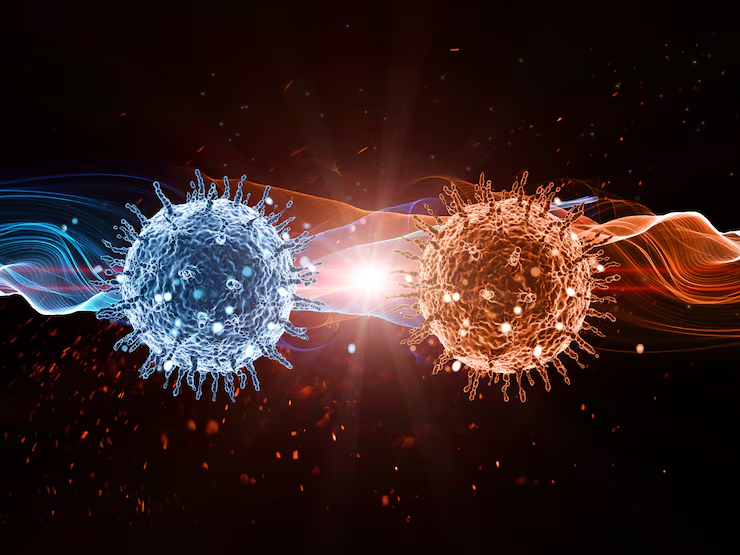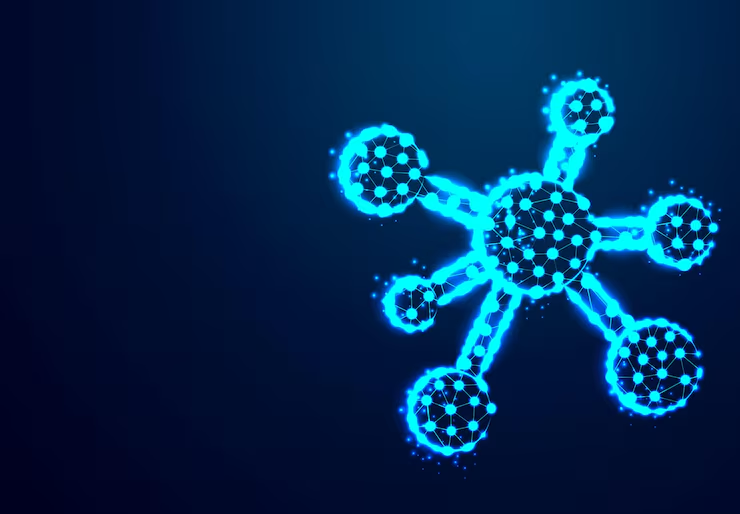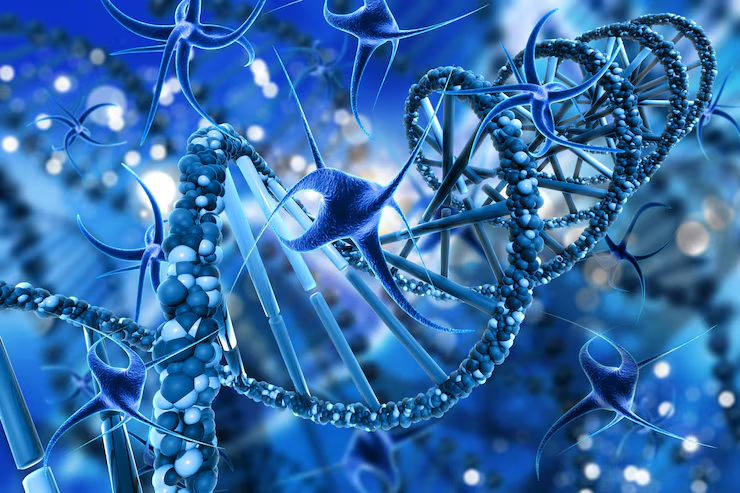Nano-ferrites and nano-orthoferrites are a class of nanoparticles with tunable magnetic, electronic, and optical properties. Due to their large surface area and reactivity at small scales, these materials show great promise for environmental remediation applications. In this blog post, we will explore some of the key ways nano-ferrites and orthoferrites can be utilized for environmental protection and sustainable development.
Water Treatment
One major application is in water purification for the removal of toxic heavy metals and organic pollutants. The magnetic properties of ferrites allow easy separation and recovery using external magnetic fields. Common contaminants that can be absorbed include:
Heavy metals like lead, cadmium, chromium, and arsenic from industrial wastewater. Ferrite adsorption relies on ion exchange between metal ions and surface hydroxyl groups.
Dyes and organic chemicals like phenols, dyes, and pesticides from textile/pharma effluents. The adsorption mechanism involves electrostatic attractions, hydrogen bonding, and van der Waals forces between pollutants and ferrite surfaces.
Emerging pollutants like pharmaceutical residues. Ferrites show potential for capturing a broader spectrum of contaminants compared to powdered activated carbon.
Several studies have demonstrated high adsorption capacities of ferrite nanoparticles for various water contaminants, far exceeding commercially used adsorbents. Their magnetic recovery also prevents secondary pollution.
Nano-ferrites exhibit exceptionally high potential for the removal of toxic pollutants from water due to their large surface area and tuneable surface properties at the nano-scale. The adsorption capabilities of various ferrites have been extensively investigated for different contaminants. For example, manganese ferrite shows very high adsorption of over 200 mg/g for the removal of lead ions from wastewater. Similarly, chromium adsorption capacities of up to 180 mg/g have been reported for nickel-zinc ferrite. Cobalt ferrite nanoparticles exhibit excellent performance for arsenic adsorption from drinking water with capacities of over 150 mg/g.
For organic pollutant removal, ferrites have been found to efficiently adsorb dyes, phe,nols, and pesticides. Studies show capacities of 150-250 mg/g for adsorption of various acid dyes onto zinc ferrite and nickel ferrite. Over 90% removal of phenol contaminants has been achieved using copper ferrite. Emerging pollutants like pharmaceutical residues in water have also been effectively captured with capacities of over 100 mg/g using zinc cobalt ferrite.
The adsorption process typically involves surface hydroxyl groups, electrostatic interaction, and hydrogen bonding. Kinetic studies reveal that adsorption equilibrium can be achieved within 30-60 minutes for most systems. Adsorption also follows Freundlich and Langmuir isotherm models, indicating monolayer coverage. Furthermore, ferrites can be regenerated through desorption and reused multiple cycles with less than 10% loss in adsorption efficiency.
Overall, nano-ferrites represent one of the most promising adsorbents for water treatment due to their exceptional adsorption capacities far exceeding commercially used activated carbon. Their easy magnetic recovery is also an added advantage over powdered adsorbents. With further targeted engineering, ferrites show tremendous potential for industrial-scale water purification applications.
Wastewater Treatment
Excessive levels of nutrients like phosphates and nitrates in wastewater pose major environmental issues if discharged into water bodies. Nano-ferrites can effectively aid in removing such nutrients. For instance, zinc ferrite has demonstrated over 90% removal of phosphates from wastewater via precipitation as zinc phosphate complexes on its surface under alkaline conditions. Some orthoferrites have also shown rapid ammonium ion uptake through ion exchange, achieving removals of 80-90% within an hour. Further optimization of composition and surface properties is facilitating the uptake of even lower nutrient concentrations applicable to municipal wastewater treatment.
Another important application is reducing organic pollutant levels in wastewater, as quantified by biochemical oxygen demand (BOD) and chemical oxygen demand (COD). Various ferrite compositions have been investigated for catalyzing the activation of hydrogen peroxide to generate hydroxyl radicals for the degradation of organic residues. For example, cobalt ferrite nanoparticles achieve a phenomenal 90% reduction in COD within 2 hours for synthetic wastewater, significantly faster than conventional Fenton processes. Doped ferrites further improve the catalytic activity by altering surface redox properties.
Being effective even at parts-per-million concentrations of wastewater nutrients/pollutants, nano-ferrites provide potential benefits of economy, sustainability, and a smaller footprint over existing treatment technologies. Their recovery and recyclability using magnetic separation also make the process economically viable. Scale-up studies conducted using continuous flow reactors demonstrate retention of pollutant removal efficiencies for volumes applicable to municipal plants. Lifecycle assessments further indicate lower costs compared to activated carbon or alum-based treatment.
Overall, incorporating optimized nano-ferrites shows tremendous promise for decentralized and low-cost nutrient/organic pollutant removal from wastewater streams before discharge or reuse. With continued technological advancements, ferrites could emerge as a leading sustainable solution for municipal and agricultural wastewater treatment worldwide.
Air Purification
Nano-ferrites exhibit excellent potential for adsorptive removal and catalytic degradation of various gaseous indoor and outdoor pollutants. Studies show porous ferrite membranes can effectively adsorb over 150 mg/g of common volatile organic compounds (VOCs) like formaldehyde and benzene emitted from building materials, paints, and furnishings. The large surface area of ferrite nanoparticles facilitates physical adsorption through van der Waals forces. At the same time, the catalytically active surfaces of certain ferrites help in degrading toxic VOCs like trichloroethylene and chloroform through surface redox reactions. Over 80% degradation of such VOCs can be achieved within an hour using doped cobalt or nickel ferrites as catalysts.
Nano-ferrites also demonstrate enhanced adsorptive filtration capacities for particulate matter including allergens, microbes, smok,e and dust. Loading ferrites onto filter papers produces highly efficient air filters that can remove over 95% of airborne particulates as small as PM2.5. The magnetic properties further allow such loaded filters to be regenerated through mild heating. Additionally, ferrites have been functionalized with organic ligands specifically binding common odorous molecules, opening new avenues for odor control applications.
When incorporated into HVAC systems, portable air purifiers, or mask filters, ferrites can efficiently circulate and purify indoor and cabin air continuously. This helps achieve sustainable air quality management goals. Overall, ferrites emerge as a versatile class of sorbents and catalysts for next-generation air filtration and purification applications.
Soil Remediation
Contaminated soils from former industrial sites, mining operations, and other sources pose long-term risks if not properly remediated. Nano-ferrites present an effective in-situ remediation approach. Various ferrite compositions have shown high sorption capacities ranging from 100-300 mg/g for immobilizing priority metal contaminants like cadmium, chromium, and lead present in soils through surface complexation and precipitation reactions. This prevents the leaching of toxic metals into groundwater. Similarly, functionalized ferrites effectively sorb and degrade persistent organic pollutants like polychlorinated biphenyls and chlorinated benzenes present in polluted lands, achieving over 95% reduction within hours through catalytic oxidation reactions.
Furthermore, ferrites catalyze the rapid oxidation of metal sulfides like pyrite, commonly associated with acid mine drainage, converting them to less soluble metal sulfate byproducts. This helps neutralize acidity and stabilize metals. When applied to soils through direct mixing or permeable reactive barriers, ferrites can remediate heterogeneous contaminations inside without excavation. Their magnetization also allows recovery and repeated application to improve treatment economically compared to conventional pump-and-treat methods. Pilot field trials indicate ferrite treatment reduces pollutant mobility and availability lasting for years without significant vestige release. Nano-ferrites thus emerge as a promising long-term in-situ strategy for environmental reclamation of contaminated lands.
Challenges and Future Outlook
While laboratory studies have demonstrated the promising potential of nano-ferrites for various environmental remediation applications certain key technological challenges still need to be addressed for commercialization and practical implementation at scale. Developing scalable green synthesis methods tailored for mass-producing ferrites optimized for selective adsorption/catalysis of specific contaminants remains an important challenge.
Further fundamental work is also required to enhance maximum adsorption capacities and faster reaction kinetics through rational surface modifications like doping, defect engineering, and controlled assembly into tailored hierarchical structures. It is likewise important to thoroughly evaluate ferrite regeneration efficiency and long-term stability under complex environmental conditions over numerous cycles.
Optimization is also warranted in seamlessly integrating nano-ferrite treatment within existing municipal, industrial, and agricultural waste/water processing infrastructure and standard operating procedures. Large-scale piloting integrating ferrite-based systems followed by comprehensive life cycle and cost-benefit assessments under real field scenarios are critical to benchmark technological and economic viability. With persistent research focusing on overcoming these optimization hurdles, ferrites have the potential to emerge as commercially prevalent green solutions for next-generation environmental remediation.





